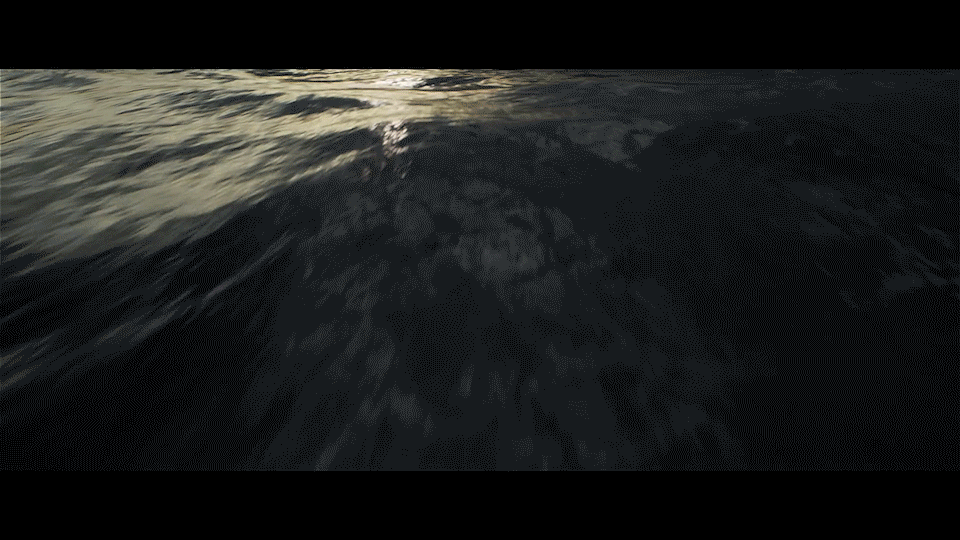No need to be obtuse. The discussion here has been about lighting approaches. The only people trying to make it about platform wars here is you...
...it's a terribly bad look.
Ok, this kinda stupidity really needs to die.
Best lighting =/= most accurate lighting.
Clearly, you've failed to grasp the thrust of the arguments and discussion in this thread so far.
Videogames like movies and TV are a visual medium and the final aesthetic, i.e. the end result is the absolute most important pursuit/goal.
The issue with the perspectives of industry people like Alex from DF as well as you is that by claiming a technical approach to representing videogame lighting is the best purely because it's the most accurate, you're completely missing the forest for the trees.
The accuracy of lighting in a videogame is irrelevant if the lighting design and composition of the scene is shit, as well as the textures and assets being lit.
 Pedro Motta
Pedro Motta
said it best in his previous post:
So if real-life lighting can be shit, then the accuracy of videogame lighting has no inherent visual quality value if the videogame lighting isn't carefully and artistically controlled. And if it has to be artistically controlled in order to look good, then it's inherently a subjective artistic quantity and not an objective technical one (contrary to the nerdgasms of people like Alex).
So claiming "objectively most accurate" lighting does mean shit if it isn't controlled well to make the overall scene appear more visually appealing. In such a case, it being objectively the most accurate lighting doesn't make it objectively the best lighting in a videogame.
The "best lighting" in a game takes into account an assessment of the overall aesthetic, which can NEVER be objectively assessed because it's inherently subjective.
So anyone trying to claim a feature of a game's visual presentation is objectively the best is merely spouting empty rhetoric.
Again, best =/= accurate.
It could be the most accurate lighting in a videogame (and it absolutely isn't because their material shaders are shit --- if they're even using PBR material shaders at all), but that doesn't mean it's objectively the best.
"Objectively the best" of any visual feature of a visual medium doesn't exist and is just a shitty thing people say to try to elevate their own subjective opinion over the opinion of others.













